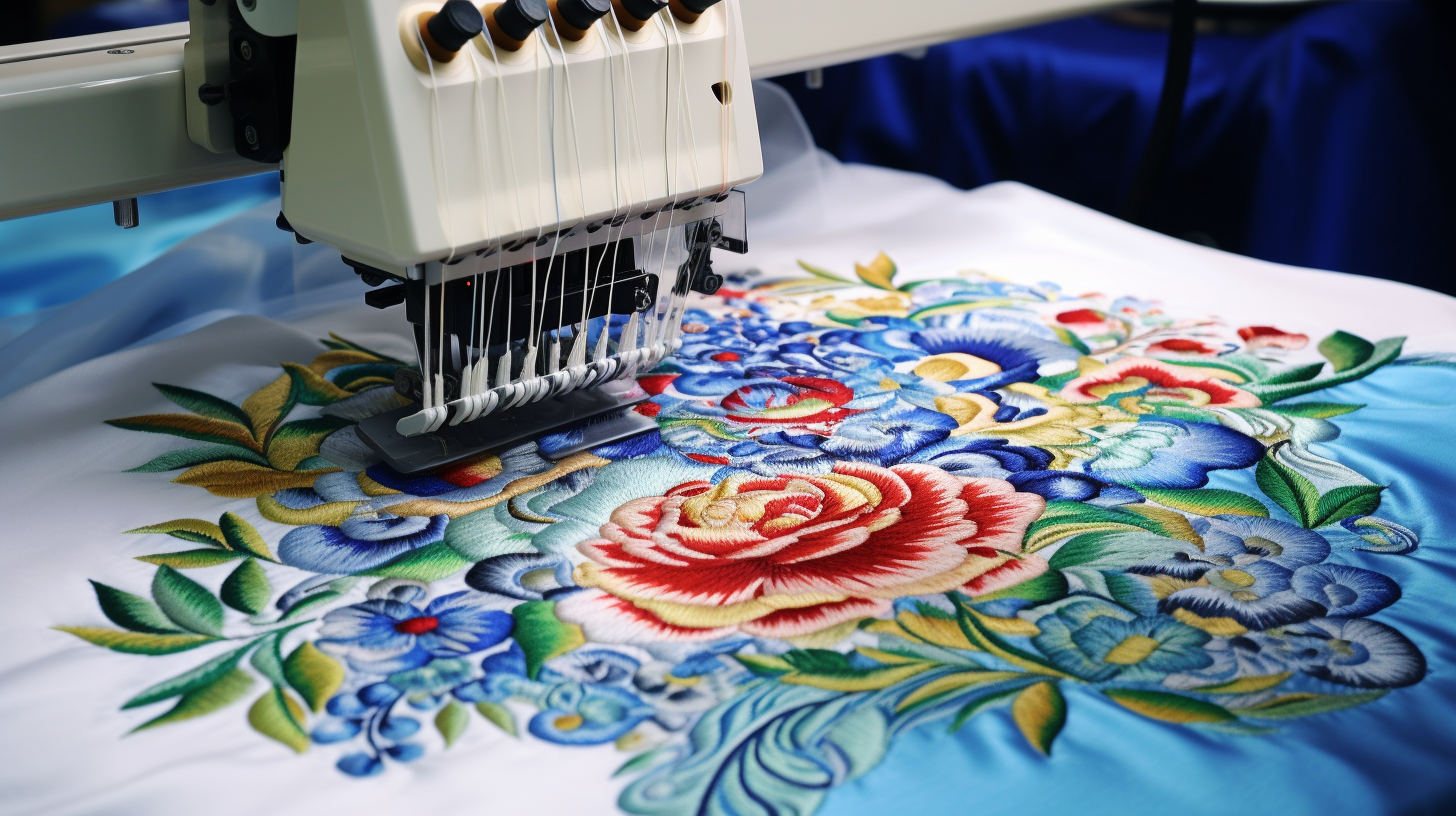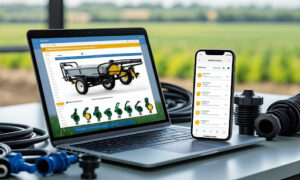Embroidery is the art of creating designs on fabric using needles and thread. Before the Industrial Revolution, it was conducted entirely by hand, requiring skill, patience, and very good eyesight. Fortunately, technology has evolved enough that in most cases, you can embroider a design with the simple press of a button. Here are three technological advancements that are used in modern embroidery.
1. The Embroidery Machine
These days, there are many different types of embroidery machines, ranging from simple, hand-powered machines for home use to fully automated machines with multiple needles and thread colors moving independently. Unlike regular sewing machines, which are designed to make completely straight stitches, an embroidery machine can create straight lines and curves in any direction, making it possible to create any design that comes to your imagination. A very basic model requires the operator to manually feed the material under the needle and move it around to create the design. At the other end of the spectrum, the most advanced machines will have fully automated systems, making them ideal for producing bulk goods in a commercial setting.
2. Automatic Tension Adjustment
Sewing machines use two lines of thread, one upper and one lower. The upper thread is carried on the needle. When that needle plunges down through the fabric, it hooks onto the lower thread and brings it up to form a stitch on the fabric. With this in mind, “tension” refers to how taut the threads are stretched. Loose tension forms messy stitches that come apart easily, while overly taut tension can cause the threads to break.
On traditional sewing machines, the tension is manually adjusted depending on the type of stitch or fabric that will be used. Older models of embroidery machines also required manual tension adjustments. However, newer models with digital capabilities can be preloaded with embroidery designs, and the software can subsequently adjust thread tension based on that design. This is especially useful in commercial settings that must produce many different types of embroidery designs or have multiple operators for each machine.
3. Laser-Precise Alignment
In most cases, embroidery requires very careful planning to ensure the correct design placement. For example, an embroidery business may receive an order for uniforms with the company name embroidered on the left breast. In this instance, it’s critical for each embroidered shirt to have identical designs and placement. As you can imagine, doing this by hand is likely to result in human error. In the digital age, this problem is addressed with lasers, which the machine uses to automatically target and align the needle to a precise location. This feature is especially vital for embroidering materials that aren’t completely flat, such as embroidering on the front of apromotional baseball cap.
Embroidery can days, months, or even years when conducted by hand. Hand embroidery is also more vulnerable to human error. Luckily, it’s much easier to produce embroidered goods today thanks to the above technological advancements. With the help of machines, it’s now possible to produce a series of embroidered designs with perfect results every time.



































